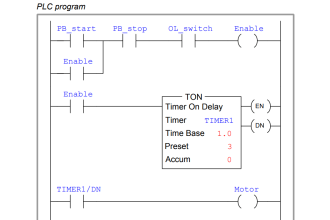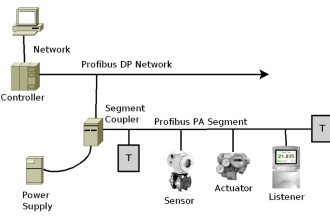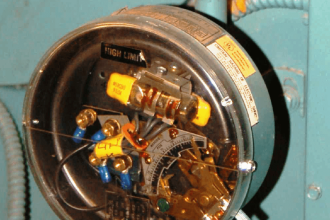Ion Spectroscopy Questions & Answers
1. In Ion spectroscopy, the primary ion is usually which of the following?
a) Inert gas ion
b) Halogen ion
c) Oxygen group gas ion
d) Hydrogen
Answer: a
Explanation: In Ion spectroscopy, the primary ion is usually an inert gas ion. When primary ion having particular kinetic energy is incident on a surface certain phenomena can occur.
2. The kinetic energy of the primary ion should be in which of the following range?
a) 0.1-4 keV
b) 0.2-1 keV
c) 0.4-2 keV
d) 0.3-5 keV
Answer: d
Explanation: The kinetic energy of the primary ion should be 0.3-5 keV. These primary ions are made incident on the surface.
3. If the primary ion is elastically scattered, the kinetic energy of the reflected primary ion will depend on which of the following?
a) Charge of the primary ion
b) Charge of the surface ion
c) Mass of the surface ion
d) Number of surface ions
Answer: c
Explanation: If the primary ion is elastically scattered, the kinetic energy of the reflected primary ion will depend on the mass of the surface ion. The reflected ion is measured by ISS.
4. Which of the following causes the phenomena of sputtering?
a) Primary ion gets embedded in the solid
b) Primary ion is elastically scattered
c) Primary ion is reflected
d) Primary ion is refracted
Answer: a
Explanation: Primary ion may penetrate through few layers of the surface and get embedded in the solid. This causes scattering.
5. The fragments formed during sputtering can be either neutral atoms or ions. The ions can only be positive.
a) True
b) False
Answer: b
Explanation: The fragments formed during sputtering can be either neutral atoms or ions. The ions can be positive or negative.
6. Which of the following is the energy range of ISS?
a) 1 keV
b) 2 keV
c) 4 keV
d) 8 keV
Answer: a
Explanation: The energy range of the ISS is 1 keV. ISS stands for ion scattering spectroscopy.
7. Which of the following is the spectral range of SIMS?
a) 0-10 amu
b) 0-100 amu
c) 0-500 amu
d) 0-1000 amu
Answer: c
Explanation: The spectral range of SIMS is 0-500 amu. SIMS stands for secondary ion mass spectroscopy.
8. Both ISS and SIMS have depth profiling capability.
a) True
b) False
Answer: a
Explanation: Both ISS and SIMS have depth profiling capability. ISS is slow in depth profiling but SIMS is rapid.
9. Which of the following is denotes the absolute quantitative analysis of SIMS?
a) 30%
b) 70%
c) 50%
d) Not possible
Answer: d
Explanation: Absolute quantitative analysis is not possible in SIMS. It is possible in ISS.
10. Which of the following is the amount of matrix effect that occurs in SIMS?
a) Very low
b) Low
c) Some
d) Severe
Answer: d
Explanation: Severe matrix effects occur in SIMS. Some matrix effects occur in ISS.
11. Which of the following is the x-y resolution of ISS?
a) 1 µ
b) 10 µ
c) 100 µ
d) 1000 µ
Answer: c
Explanation: The x-y resolution of ISS is 100 µ. It has poor x-y resolution.
12. Which of the following is the x-y resolution of SIMS?
a) 1 µ
b) 10 µ
c) 100 µ
d) 1000 µ
Answer: a
Explanation: The x-y resolution of SIMS is 1 µ. It has this resolution when used with ion microprobe.
















